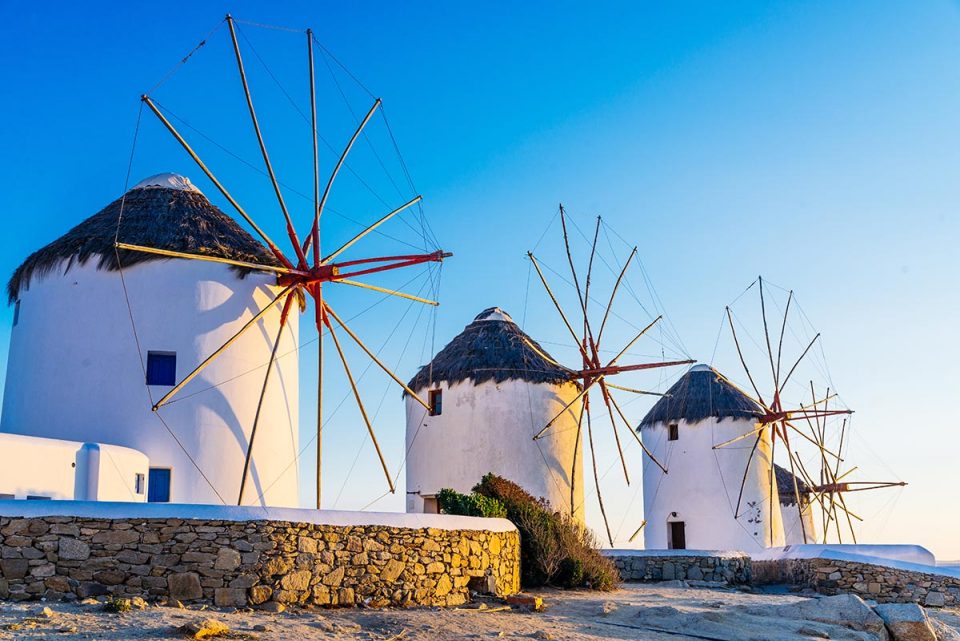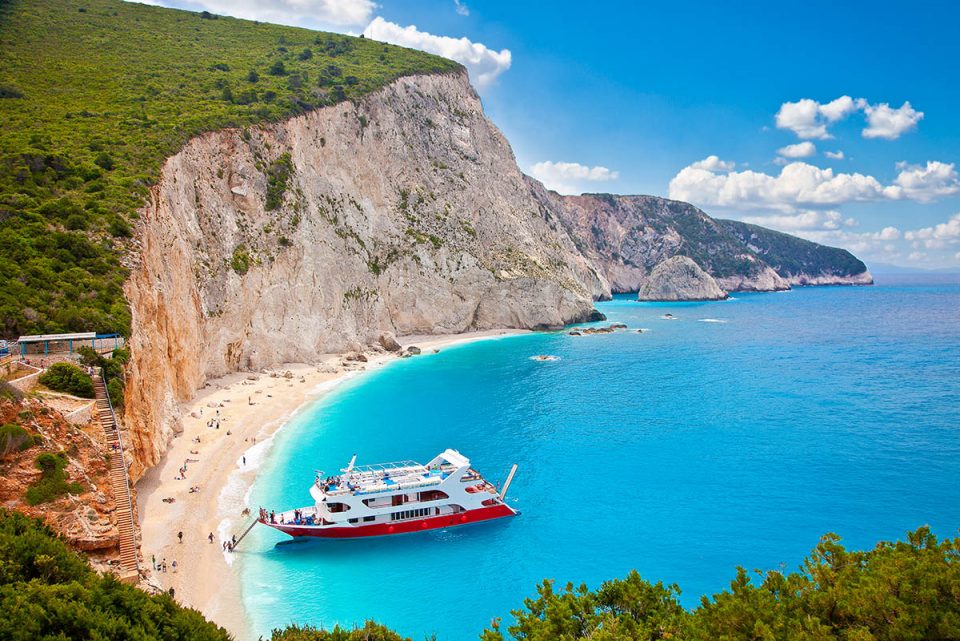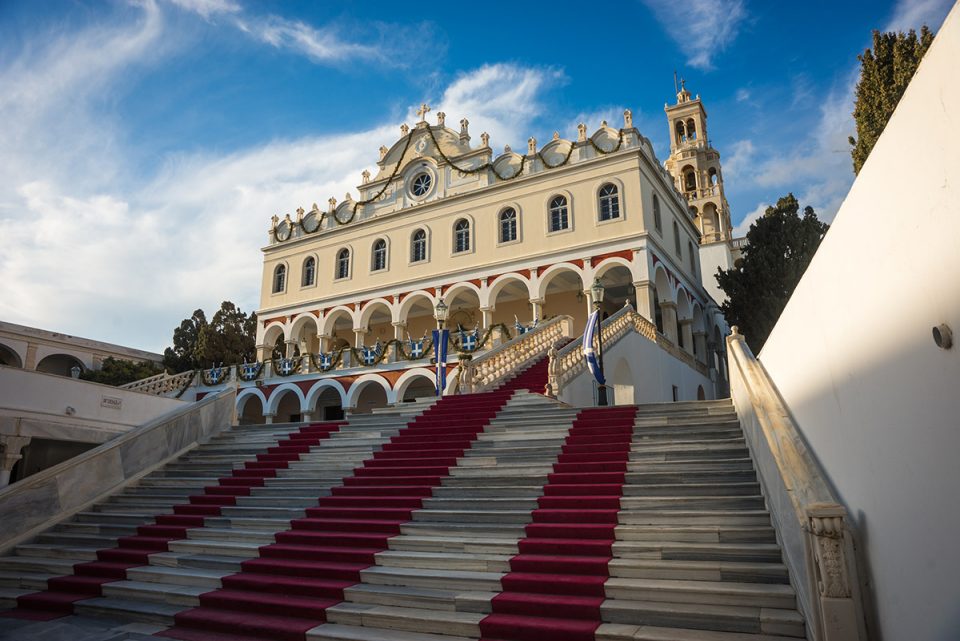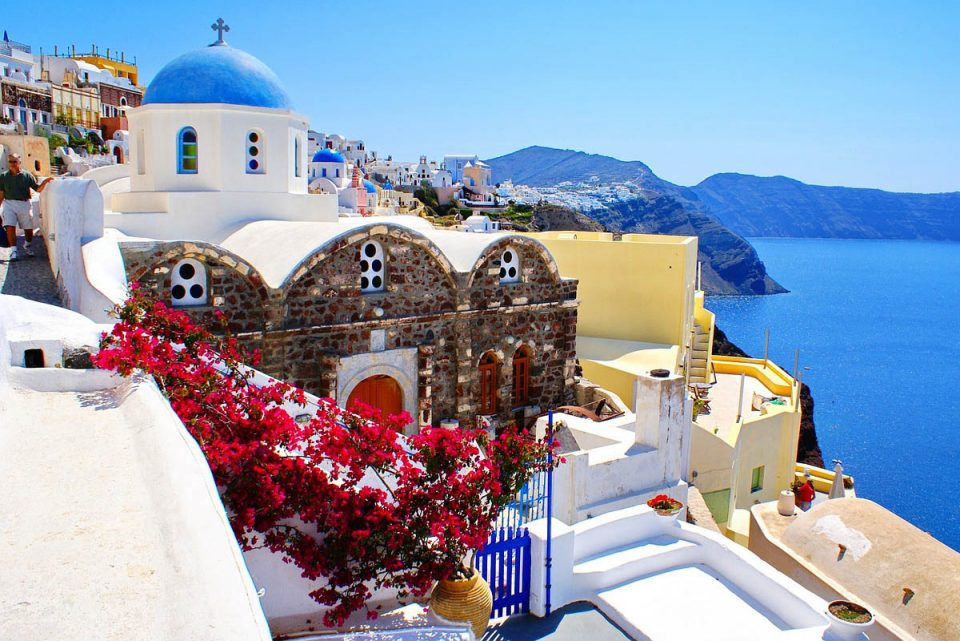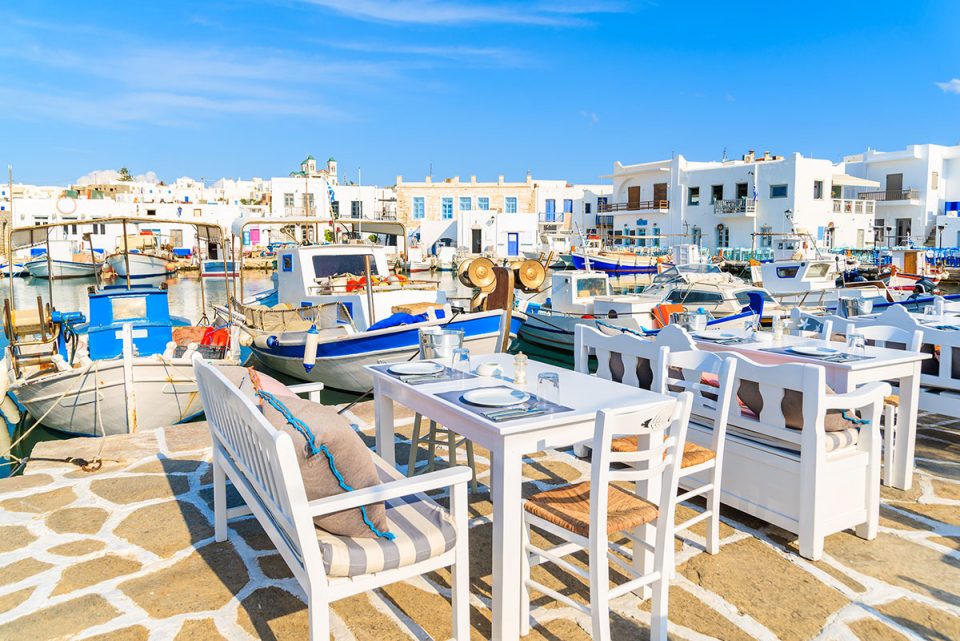Crete is the largest and most populous island of Greece and it is the second largest island in the Eastern Mediterranean. The natural splendor of the island, from the mountains down to the coastal areas, unfolds to visitors through the various alternations of landscape.
Wetlands and forests, steep and rocky peaks, deep gorges and rocky islets from one end of the island to the other, are ideal destinations for tours to nature. Each path in Crete is special. Emerald beaches, steep cliffs, green mountains, rivers, ponds, wetlands and olive groves create ecosystems of exquisite beauty, that highlight the beauty of the island.
During the tour in the mountains or coastal areas, one can find varieties of aromatic plants and herbs, some of which meet varieties of aromatic plants and herbs, some of which have been found since ancient times, and are known for their medical properties.

On the island of Nikos Kazantzakis one can find important sights, such as famous archaeological sites (the Palaces of Minoan Crete), 15th century monasteries, Venetian and Turkish fortresses, historical lighthouses and Byzantine churches. It is worth visiting the Natural History Museum, the Historical Museum of Crete, the Nikos Kazantzakis Museum and Dominicos Theotokopoulos Museum, Spinalonga, the Cave of Jupiter, the Palace of Knossos, the Vai palp tree forest (the most famous beach of Eastern Crete) and Aquaworld, which is one of the largest aquariums in the Southeastern Mediterranean.
Trekking Samaria Gorge, the longest one in Europe as well as other gorges (Canyon of Preveli, Zakros Gorge), going on 4x4 safaris and bungee jumping from the second highest bridge in Europe, are activities suitable for adventurous people, while swimming in Lake Kournas in Chania (which is the only natural fresh water lake on Crete), or even a simple visit to one of the island’s waterparks will impress you.
The visitor of Crete has unlimited accommodation options on the island, both in cities and in the rest of the island. Anyone who wishes to discover local agriculture, may reside in agrotouristic accommodation units available on the island, in one of the rural villages, which offer agritourism experiences, including traditional cooking, collecting wild greens, herbs and mushrooms, producing olive oil as well as lots of other agricultural tasks.
Elafonisi, Kedrodasos , Balos, Falasarna, Vathi (Mesara), Lentas, the Palm Forest of Preveli, Agia Galini, the Dunes of Saint Paul, Agia Fotia, Agiofarago beach, Trypiti, Plaka, Kolokytha and Gaidoyronisi (Chrysi), are the top beaches with incredible landscapes, which are characterized by a strong dose of exoticism and tropical waters, composing a unique landscape.
As far as the local cuisine is concerned, it is worth tasting traditional dishes, such as dakos (rusks) with tomato, chochlii (snails) boubouristi, artichokes with avgolemono (egg and lemon), the Cretan wedding pilaf, pita (pie) from Sfakia, kalitsounia, mizithropitakia (pies with mizithra cheese), and also taste raki, rakomelo (raki with honey) and tsikoudia. What is more, the food and drink festivals for raki, mizithra cheese, graviera cheese and chochlii (snails), are some of the traditional festivities, held every year and constituting a gastronomic attraction for visitors.
Finally, as regards the entertainment on the island, there are many options, for all tastes, from the stunning cosmopolitan clubs and beach bars overlooking the sea, to the small, relaxing, picturesque bars and cafes, located in historic buildings.










